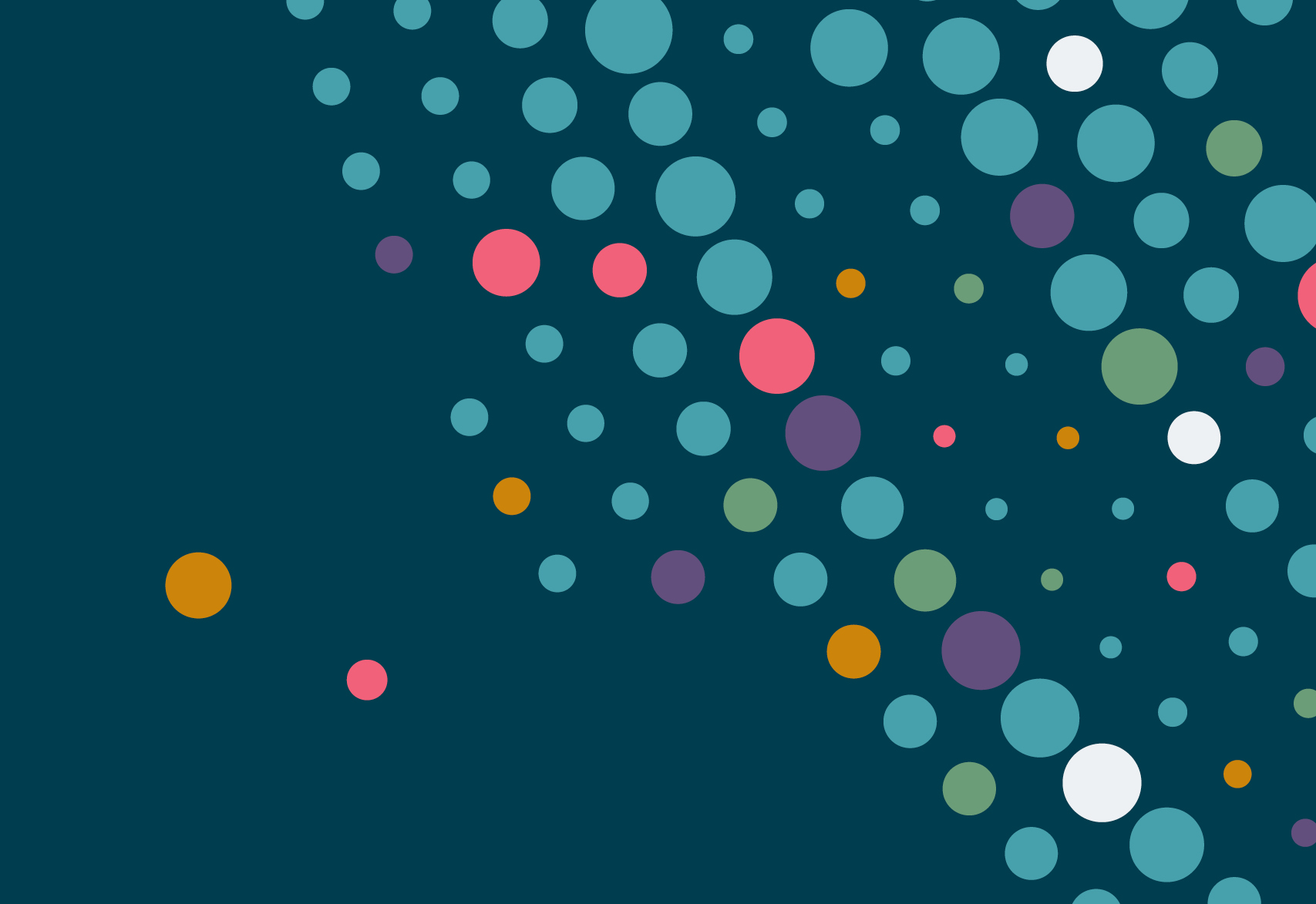A programming language and environment developed for statistical analyses.
R was built for end-users tackling a wide variety of statistical problems. R has an extensive assortment of libraries to address statistical computing and data visualization.
This rich analytical environment can improve your data scientists effectiveness and productivity.

What is it?
A programming language and environment that was created for those wanting to do statistical computing and graphics.

What’s in it for you?
R is well established and proven, it has a good ecosystem of packages around it, which can enable you to solve statistical problems quickly.

What are the trade-offs?
Not all of your data scientists will have experience with R. It is also not readily scalable, which can create issues if you want to run it in production environments.

How is it being used?
Used for descriptive analytics, for exploratory data analysis, and for hypothesis testing to validate statistical models.
What is it?
A programming language and environment suited to statistical analyses. It is frequently used by data scientists to explore and analyze datasets, statistics and rich data visualizations. R has a rich, vast library of packages of R functions, data and compiled code — to make your data scientists’ lives easier. R has a large user base in both business and academia.
What’s in for you?
This rich statistical analysis environment helps data scientists innovate since they can experiment quickly with a variety of hypotheses. These short iterations enable them to quickly learn what works and what doesn’t.
R is regarded as being an easy language to learn and designed for those with a background in statistics.
R is also seen as an expressive language, which makes it easier for your data scientists to concisely represent the models they’re creating — for instance, models exploring pricing elasticity or promotion effectiveness.
And because it is widely used in academia, R continues to be at the forefront of data analytics. As researchers develop innovative algorithms, they’re quickly added to R libraries.
What are the trade offs?
There are other well-established language alternatives to R, such as Python. Many data scientists that come from a statistics background won’t have experience with R.
R is not readily scalable. Because of the way it was designed, it’s not well suited to run in today’s high-performance environments. If you want to run R in production environments, you may have to consider a number of workarounds, which can be time consuming and costly to build. So R may work better in an analytical environment while another solution might be better in production.
How is it being used?
R is a powerful platform for explore and analyze datasets, statistics and rich visualizations.
Related topics
Would you like to suggest a topic to be decoded?
Just leave your email address and we'll be in touch the moment it's ready.



















